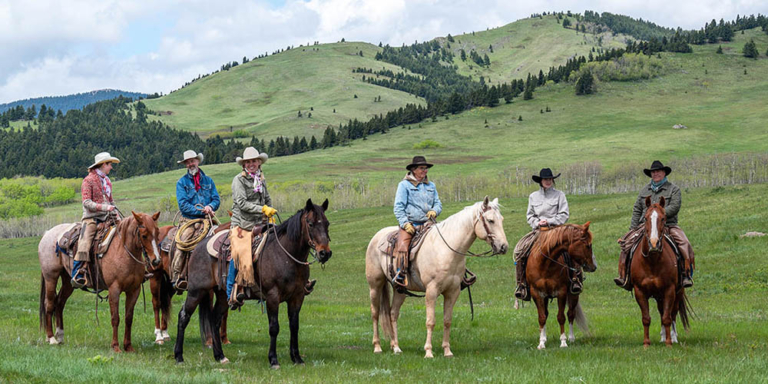The feds are investigating a bridge built over the Highwood River earlier this year that could violate the provincial Fisheries Act and the federal Species At Risk Act (SARA).
The upper Highwood River in Kananaskis Country is an important place. The river is a critical habitat for bull trout.
The bull trout is Alberta’s official fish and is listed as threatened by the provincial and federal governments.
“The risk is that activities like the bridge-building and road construction around it can produce a lot of sediment that goes into the streams and rivers,” Josh Killeen, conservation science and program manager at Canadian Parks and Wilderness Society (CPAWS) Southern Alberta, told The Fitzhugh. “That sediment silts up the streambeds and prevents those fish species from being able to find their food and hatch their eggs.”
A Bridge Without a Permit?
In August, environmental consultant Michael Sawyer visited the bridge after seeing social media posts about it. In a story for The Tyee, Sawyer said there were obvious signs of heavy machinery working in and around the river.
Spray Lake Sawmills (SLS), recently purchased by BC-based West Fraser Timber, built the bridge to access 1,100 hectares of forest in the Upper Highwood watershed near Loomis and McPhail creeks.
Sawyer said the company should have had a Section 73 permit before starting construction.
A Section 73 permit is required by anyone doing anything that could impact species listed under SARA.
Fisheries and Oceans Canada (DFO) confirmed with the Tyee that it opened an investigation on August 30.
DFO also confirmed that Spray Lake Sawmills has since applied for a Section 73 permit.
A case of “do it first, ask for forgiveness later”?


Species at Risk
Several native trout species, including bull trout, westslope cutthroat trout and Athabasca rainbow trout, are native to streams on the eastern slopes of the Rockies.
These fish species are all listed as threatened under provincial and federal legislation.
Bull trout once thrived in more than 60 mountain and foothill watersheds in Alberta.
But it’s been a death by a thousand cuts for bull trout.
By 2014, just seven watersheds, all within national or provincial parks, supported healthy populations.
The fish has disappeared from at least 20 watersheds and the lower reaches of rivers like the Peace, Athabasca, North Saskatchewan, Red Deer, and Bow.
Logging and road building are known to have serious impacts on fish habitat.
Overfishing has also contributed to the decline of bull trout
The province now has a zero possession policy, meaning all bull trout caught must be released.
According to a 2012 provincial conservation management plan for bull trout, the Highwood River is one of about 50 core habitat areas.
You’d think regulators would give this core habitat top priority.


Misunderstanding, Misinformation or Misguided?
In a post to its website, Spray Lake Sawmills said there’s been misinformation in the media about their logging plans for the Upper Highwood and the bridge building.
The company said it has all its provincial approvals for the harvesting operation.
Regarding the Highwood River bridge, Spray Lake Sawmills claimed that “… DFO permits are only required if a project proponent is unable to protect fish and fish habitat while conducting their works.”
“SLS takes great care in all our bridge installations to ensure there is no impact to fish or fish habitat; in short, we implement all measures under the Provincial Operating Ground Rules and best management practices to ensure the protection of fish and fish habitat on all our bridge installations and therefore are not required to obtain a permit from DFO.”
That may be the company’s interpretation, but that’s not what the law says. The Species at Risk Act clearly states that a Section 73 Permit is required if anyone is “conducting activities that may affect species listed in Schedule 1 of SARA….”
DFO needs to step up and enforce the law.
If DFO issues a Section 73 Permit after the fact, consultant Michael Sawyer told The Tyee that bull trout defenders will take it to court.
“We’re hoping that they will issue a permit,” Sawyer said. “We can challenge that decision in the Federal Court of Appeal as being an incorrect interpretation of the law.”
Meanwhile, Spray Lakes Sawmill built a bridge, and logging is proceeding in the upper Highwood, generating plenty of blowback from recreational enthusiasts.
Spray Lakes Sawmill has had its share of troubles lately, but far less than the troubles facing bull trout in the Highwood River.






